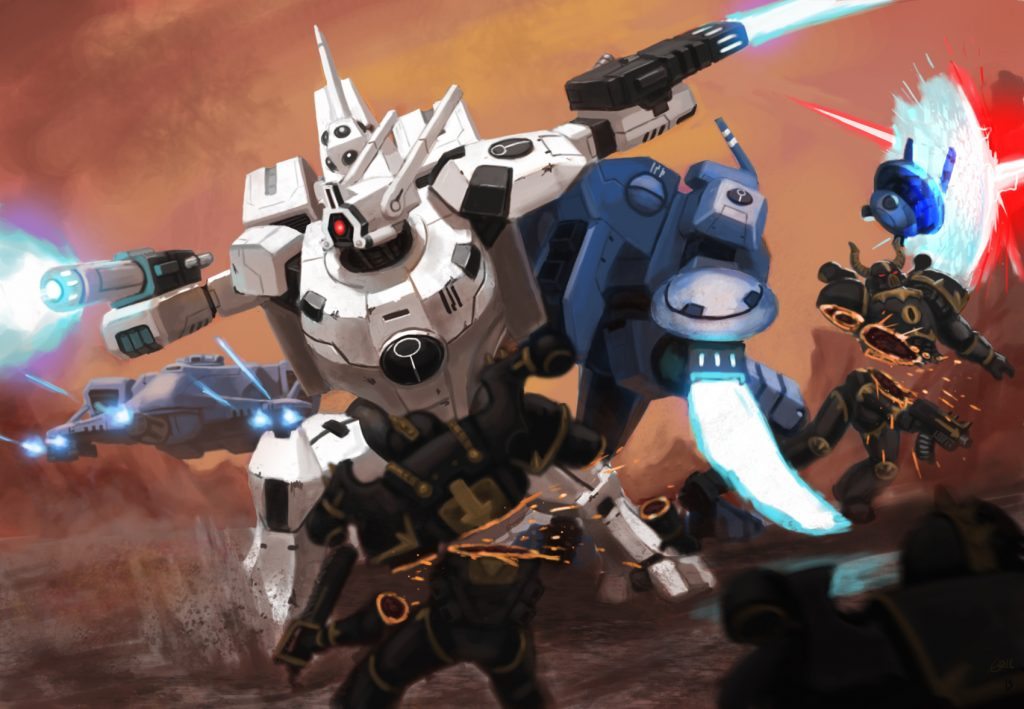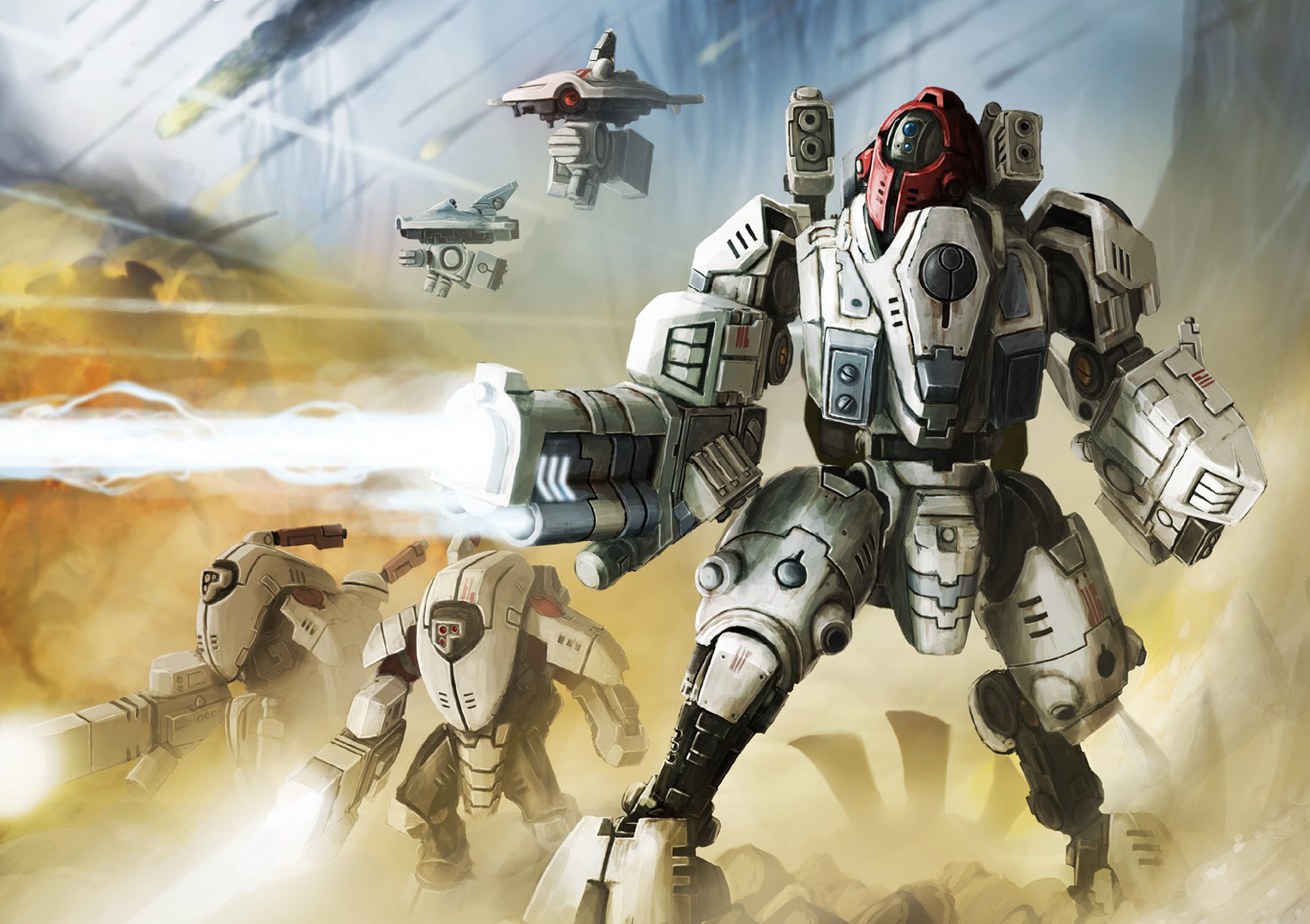Be warned: This blog
entry is fairly narcissistic and it’s audience is myself as much as it is
anyone else.
Note: This might
seem like a furious anti-GW rant, but I assure you it is not. I assume GW is trying
to make the best games they can and appeal to the largest consumer base they
can.


It would be hard for me to have
animosity for a company that has brought me so much joy over the years.
While it is not a comforting thought for me, I assume that
much of my issues are due to me not being a key demographic in the customer
base they are striving for.
Prologue
Honestly, I can say there have always been major properties that
didn’t suit me personally. I tend toward
wanting more of a combat simulation game focused on maneuver and combat
psychology over raw destruction. I have
always been forgiving in this respect, as at its closest, 40k has hasn’t presented
itself as a combat simulation game of a real sort since 2nd
edition. And even there, it delves into
areas (such as psychic powers) and a grim future aesthetic that really push a
cratered, destroyed universe where a single human life means nothing.
 Despite this, the game has always been a canvas for my
imagination that I’ve been nigh-addicted to. I have an embarassing story where
I caught myself thinking about 40k armies while I attended a family funeral.
Despite this, the game has always been a canvas for my
imagination that I’ve been nigh-addicted to. I have an embarassing story where
I caught myself thinking about 40k armies while I attended a family funeral.I’ve always loved the general philosophy of the old school Dev Studio where the game praised making the game your own, brewing up house rules and cool model conversions.

The games we usually dynamic and interesting, with a 6 turn
game that heavily followed the pace of a narrative 3 act structure: the first 2 turns set up what the geometries
and conflict of the games, Turns 3-4 convey the rising action as the battle
climbs to it’s eventual climax, and by turn 5-6 the game provides a fulfilling resolution.

This format yields itself to being great at spinning narrative stories while pushing little plastic men around the table top. It has been a great canvas to narrative gameplay and being that, I could not see a future where I gave it up.
This format yields itself to being great at spinning narrative stories while pushing little plastic men around the table top. It has been a great canvas to narrative gameplay and being that, I could not see a future where I gave it up.
The end of the beginning of the end (but hopefully not the end)
When 40k 8th edition came out in June 2017. I immediately had concerns, which is the
first edition of the game where I was not immediately optimistic about. I gave it my best go, hoping that substantial
playing would prove my concerns wrong. By
the end of 2017, I had largely stopped playing 40k altogether. It has brought me NO joy to stop playing and I do not encourage players to stop playing if they still get a steady measure of enjoyment from the game.
There are a number of reasons for my decline.
There are a number of reasons for my decline.
1.Streamlined rules
I found the streamlined rules and general modelling of the
game to “dumb it down”, especially for one who wants more combat simulation
than game. I know that term is a trigger
word for many and I apologize for using it.
Changes like the lessening of terrain effects, the loss of facing and vehicle
armor values are just some of the design changes that makes 40k now feel more
like a flat Real-time strategy video game than the immersive social event table
top games are for me.
2. The Irony of Narrative play
To me, I expected that this would invariably result in
players fielding units which didn’t flatten down to 1 or 2 key builds. My example of this was the marine tactical
squad. I had made some really cool conversions of Heavy bolter marines, and I
thought it would be really cool to field these in games, compared to other more
traditionally valuable and expensive weapons like lascannons. I
figured that we’re playing the “Narrative” form of the game, this type of
philosophy would show itself to be the dominant form of army design. I think my thoughts on this were naive and that given the option to take "the best" option a unit had to offer, the average gamer is inclined to always take the best if there isn't a hint of cost to each upgrade.
I was wrong about Power Level army building and it has led me to think I am out of touch
with the common gamer, even some of my closer friends in the hobby. I began to detect certain trends in “friendly
play” where the armies were even more heavily sculpted than they ever were in the
past.
This is partially due to the loss of the armor value system and also due
to my darling Power Level Army building system.
The version “Min-Max” took on a whole new definition in 8th
edition; the goal being to take a minimum number of super powered units (to
maximize the ability to go first) with the best options always taken (generally
to maximize the ability to inflict the greatest number of wounds). This was a very rapidly growing menace, the
effect being that I feel players were losing their previous concepts of
building a “fair and balanced” army.
I
had even constructed a spreadsheet analyzing 6 games and logging key elements
in both mine and my opponent’s armies, and these factors (the one I most
commonly reference is “’Lascannon-ish’ volume”) nearly doubled over a month and
a half. The game was retraining the
players themselves (myself included) to be worse “beer and pretzels” players. More now than ever, the game was being won and
lost in the Army building phase.
3. Game Pacing
The last main feature that led to my 40k sabbatical was the
pacing of the game. Weaponry is now so potent that a game is often (more or
less) decided in the first 2 turns of the game.
It makes it hard to construct a narrative when the game is only a one
act play, and 4 turns of epilogue.


Where do I go from
here?
It has been a very depressing time in my gaming life and,
devoid of children or other distractions, has sent me into an existential quandary. I am still hopeful though.
1. Down but not out?
I still have hope that 40k might turn itself around, but I
feel it is a long time (possibly years) off. Barring that, I assume that I still will
restart playing 40k 8th edition again and try and find some way to
enjoy it. There are still things to like
about it and it still retains some feel of it's former self.
Also, the recent Tau codex
gave me a HINT of aspiration to play the game again, presuming that they play
so different traditionally, it might conceal the many grievances I have with
the current game. They already tended to focus on
heavier/special firepower that might not feel like such a compromise of my feelings
towards army aesthetics. They retain an
innate fragility, either with non-elite troops or tough, but extremely pricy
battlesuits. Provide you don’t take the
Dal’yth sept, they have a strong emphasis on mobility (which at least casts the
illusion that maneuver is important).
2. Horus Heresy
I am finally constructing my 30k Space wolves army which
plays in a version of 7th edition rules which can still be good fun.
I have 30 of my core troops put together and imagine I can be playing the army
by summer.
3. Necromunda and other skirmish games
If you’ve talked to me as of late, you know I am playing A
LOT of Necromunda. Necromunda (new or
old) have always been fantastic games and I find the game design to be well constructed
and entertaining. The nature of skirmish
play also puts focus on the individual model, conveying a strong narrative feel
and an easier ability to tell stories on the tabletop.
I’ve also began some attempts at making my own skirmish
games. Generally, these have not gotten very far, but I think the Necromunda ruleset
has a sturdy enough base that I can quickly build some trial games using a
modified version of those rules that can be used in a variety of skirmish style
game genres.














